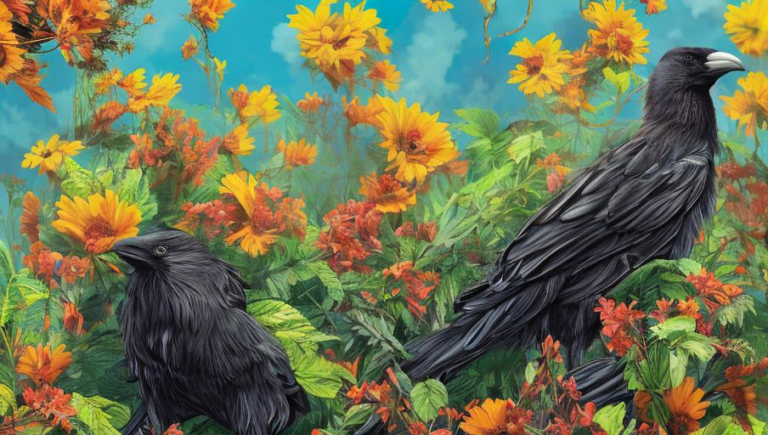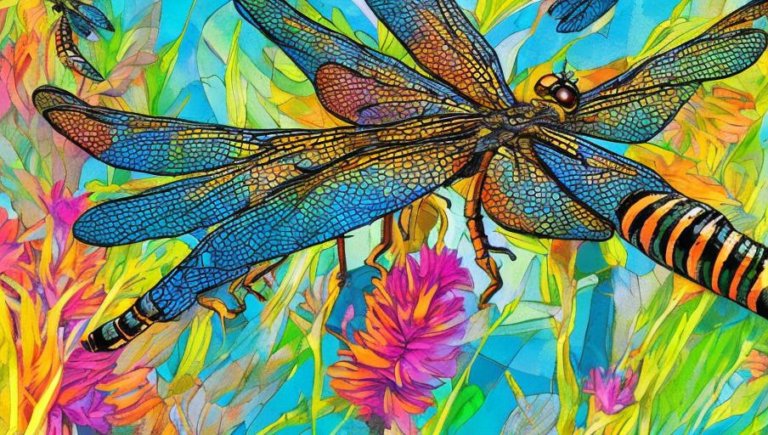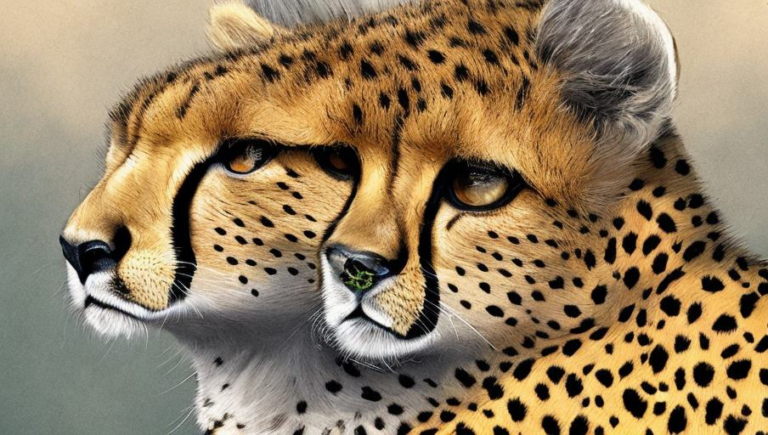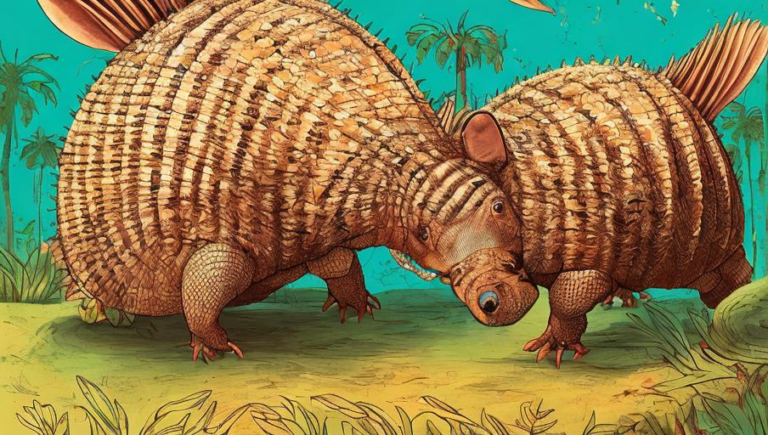Perils of the Cassowary: What Threatens This Large Flightless Bird?

Introduction
The cassowary is one of the world’s most fascinating birds. It is the second-heaviest bird in the world, and its size and behavior make it an impressive sight. However, the cassowary’s numbers are dwindling due to human activities and other threats. In this article, we’ll explore the threats faced by the cassowary and discuss some of the efforts being taken to protect it.
The Cassowary
The cassowary is a large flightless bird native to Australia and New Guinea. It is the second-heaviest bird in the world, after the ostrich, and can measure up to 6 feet tall. The cassowary also has a unique helmet-like headpiece, which is thought to help protect the bird during territorial disputes. The cassowary has a diet primarily composed of fruits and nuts, which it finds in the forests and wetlands of its natural habitat.
Threats to Cassowary Populations
Unfortunately, the cassowary’s numbers are dwindling in the wild. The primary threats to the species include habitat destruction, hunting, and accidental death due to collisions with cars. The cassowary’s habitat is being destroyed by human activities such as logging, mining, and agricultural development. As the natural habitat of the cassowary is destroyed, the bird’s numbers decrease, and it becomes more difficult for the species to survive. Additionally, the cassowary is hunted for its meat, feathers, and skin, which are all highly valued. Finally, the cassowary is also prone to accidental deaths due to collisions with cars, as the bird is unable to take off quickly when startled.
Protection Efforts
Fortunately, there are some efforts being taken to protect the cassowary. For example, the Australian government has made it illegal to hunt cassowaries and has established several reserves to protect the bird’s habitat. Additionally, some organizations are raising awareness about the importance of protecting the cassowary and its habitat. Finally, the cassowary is listed as a vulnerable species on the IUCN Red List, which recognizes the need to protect this unique species.
Conclusion
The cassowary is an impressive bird, but its numbers are dwindling due to human activities and other threats. Fortunately, there are some efforts being taken to protect the species, such as establishing reserves and raising awareness. It is up to us to ensure that the cassowary is protected and its numbers are able to recover.





